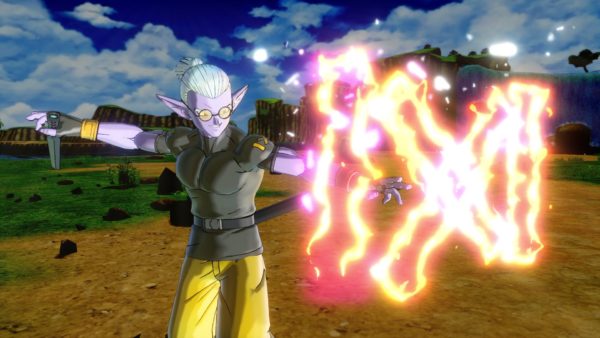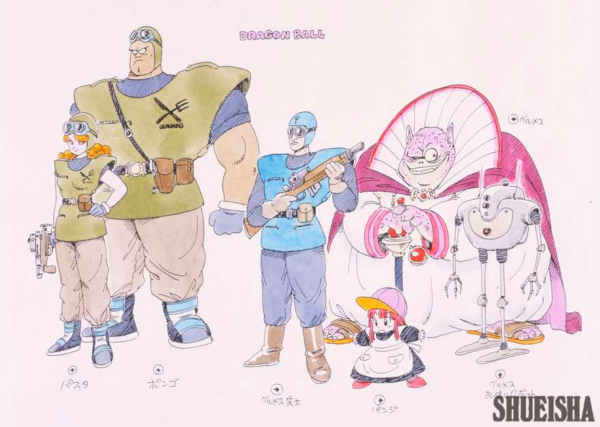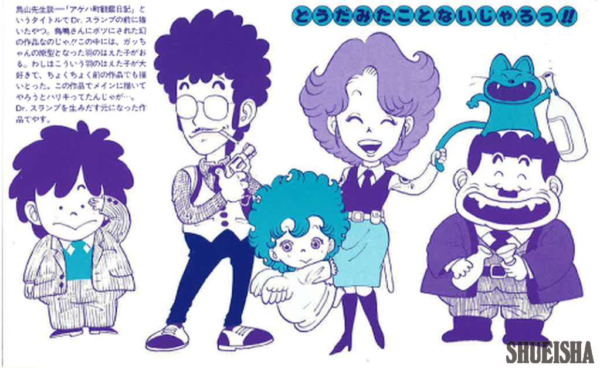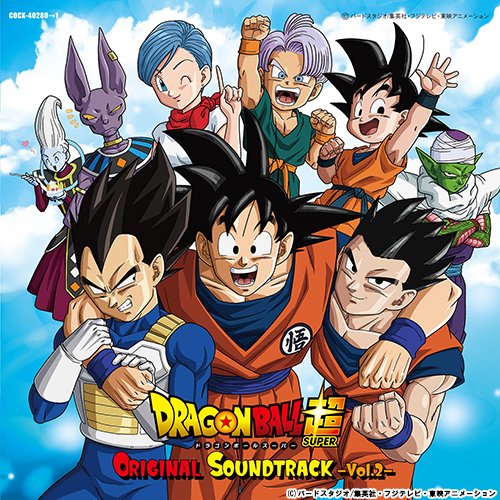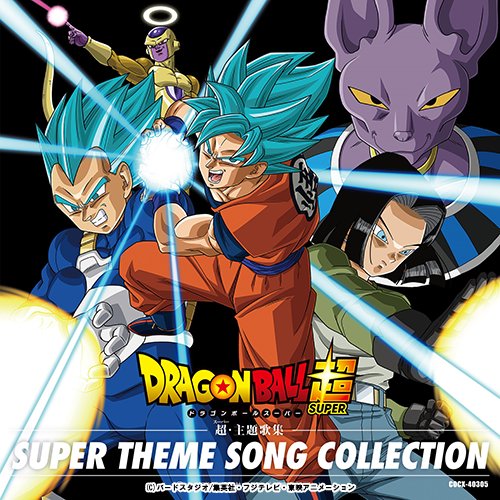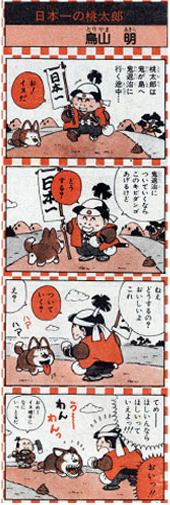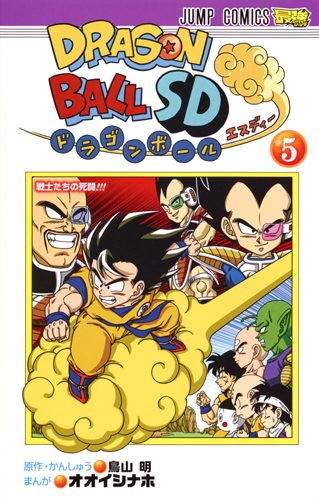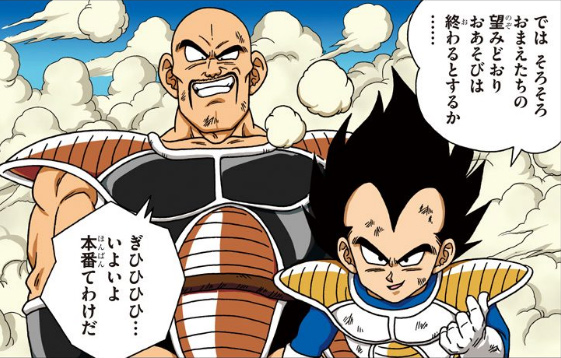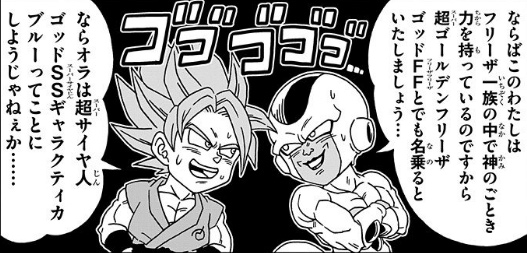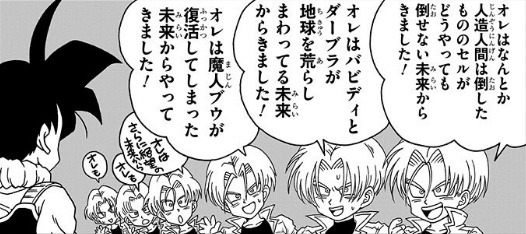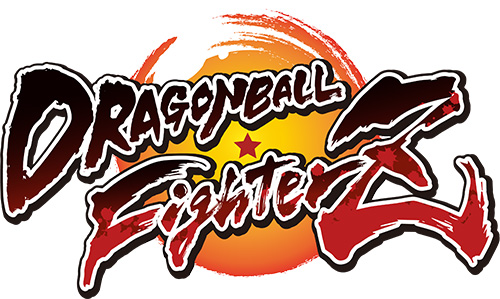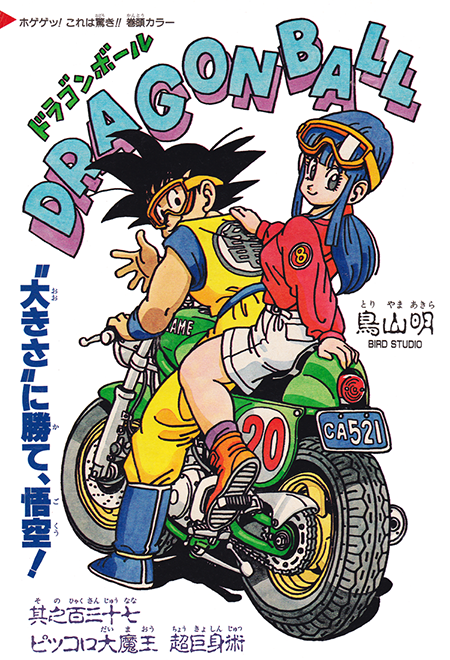The official Dragon Ball website’s seventeenth entry in “The Nearly Complete Works of Akira Toriyama” — an on-going series highlighting rare and important pieces of the author’s work over the years — is a citation for the original Chobit chapter from the 1983 #10 issue of Weekly Shōnen Jump, released 08 February 1983. Chobit — not to be confused with Clamp’s Chobits from the early aughts — was Toriyama’s entry in the 11th “Jump Readers’ Award” competition from 1983, in which popular Jump artists entered one-shots and readers voted for their favorite contribution.
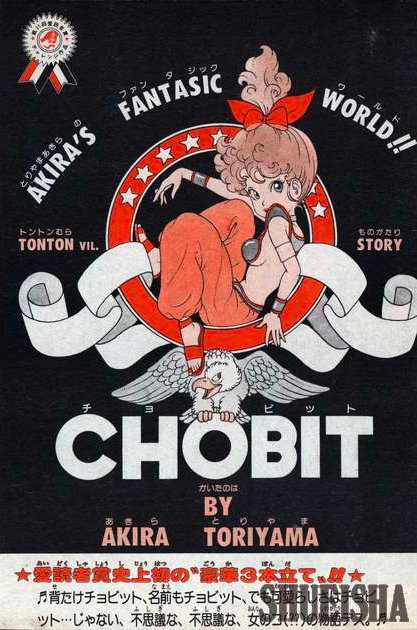
Toriyama won the competition in 1981 with Pola & Roid, getting a trip to Europe out of it; although he did not win again in 1983, he would take third place. This was the last year until the competition was (briefly) revived in 1997 as the “Jump Readers’ Cup”; Toriyama won again that year with Bubul of Demon Village, which became the prototype for Cowa!
The story of Chobit follows Mugifumi Yamano, a young policeman in sleepy Tonton Village, who has a close encounter with a tiny teapot-shaped flying saucer. Out from inside comes the titular Chobit, a teensy alien who is also a young woman.
The first Chobit chapter was printed alongside Dr. Slump chapter 157 (“Caramelman No. 5 Appears!”), and was referenced in his weekly author comment that issue:
In the later collection of Toriyama’s short works, the author describes being told how he would have plenty of time to draw his contribution so long as he is not first up; as luck would have it, of the ten authors, Toriyama gets the first slot. He is forced to draw it in a rush as everyone else gets a chance to enjoy New Year’s, and to add insult to injury, it was not particularly popular.
Chobit would later receive a sequel (aptly titled Chobit 2) in Fresh Jump‘s June 1983 issue, released 23 April 1983 (about two and a half months after the first).
